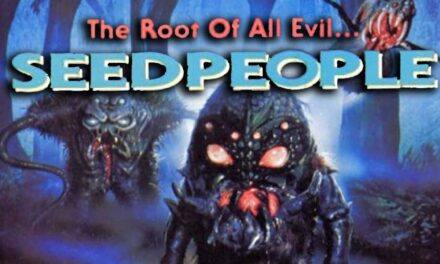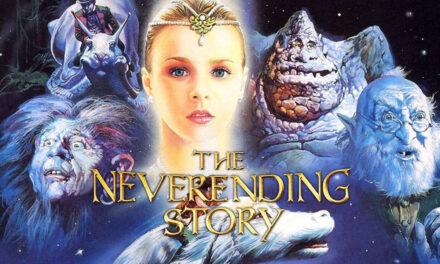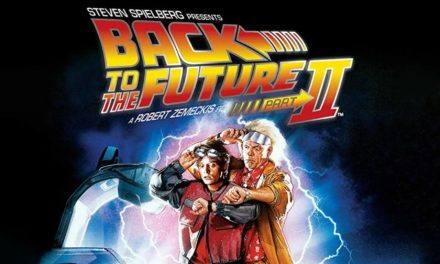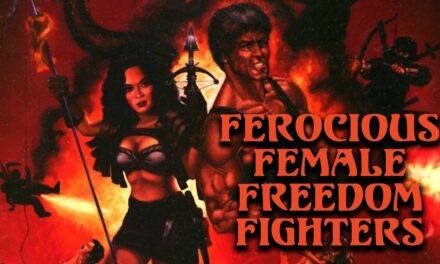In Marvel Comics’ Adventure into Fear #19, writer Steve Gerber and artist Val Mayerik introduced Howard the Duck in 1973. Gerber wrote the character with existential themes whose central joke was that funny and intense are often indistinguishable. After the production of American Graffiti, George Lucas introduced the comics to co-writers Willard Hyuck and Gloria Katz. While they intended for the film to be animated, Lucas’ contract required that he produce a live-action movie. Universal optioned the film due to having turned down opportunities to work with Lucas in the past. Lucas spent his money to bring Howard to life, designing an animatronic suit that actor Ed Gale would wear. They cast Lea Thompson, Jeffrey Jones, and a relatively unknown Tim Robbins, with Chip Zien providing Howard’s voice. Following a five-month shoot and extensive post-production, Howard the Duck arrived in theaters in August 1986.
%
Rating
Synopsis
Mild-mannered Howard T. Duck is relaxing in his apartment on Duckworld when a vortex abducts and drops him on Earth. He winds up in Cleveland, where thugs assault up-and-coming rockstar Beverly (Lea Thompson), so Howard fends them off. Beverly decides to let him crash at her place while they figure out how Howard arrived on Earth. She takes him to her scientist friend Phil (Tim Robbins), but Howard blows him off since he’s just a janitor. After unsuccessfully trying to make it on his own, Howard goes back to Beverly and meets her band, Cherry Bomb. Later, Phil introduces Howard to Dr. Jenning (Jeffrey Jones), who explains that a laser spectroscope accidentally brought Howard to Earth. Unfortunately, the spectroscope brought down The Dark Overlord, which possesses Jenning and plans to bring down his fellow overlords. He kidnaps Beverly, so it’s up to Howard and Phil to save the world!
Review
Ever since its release, Howard the Duck has been called one of the worst movies of all time. People compare this to movies like Freddy Got Fingered, Plan 9 from Outer Space, and Manos: The Hands of Fate. Even though I believe it’s nowhere near one of the worst movies ever, that doesn’t mean it’s a good movie. For instance, the film has very little humor, often relying on duck puns, corny one-liners, and tons of slapstick. Also, it seems confused on whether it wants to be for kids or older audiences, constantly going back and forth. Acting-wise, everyone seems to be trying given the material, but people like Tim Robbins probably don’t like people mentioning this. The film introduces elements that would be more interesting than what we’re shown, such as the brief glimpses of Duckworld. Even with these flaws, there are plenty of good qualities.
For one, even if Howard isn’t that appealing of a character, the costume and animatronics are impressive. Given that this came out in 1986, the amount of expressions they can get from the animatronic head is remarkable. Also, the prosthetics used to show Jenning’s transformation into the Dark Overlord are effectively creepy, enhanced with optical effects. In addition, the stop-motion used for the Dark Overlord towards the end is impressive, as expected from Phil Tippett. The music is surprisingly catchy, and credit should go to Lea Thompson and her bandmates for taking singing lessons. A common complaint is that it’s too silly to take seriously and vice-versa, but that might’ve been intentional. While not necessarily an unappreciated gem, this is a film worth re-evaluating and giving a second chance. Overall, Howard the Duck is undoubtedly flawed, but it has some decent qualities that critics and audiences may have overlooked.
Buy Howard the Duck from Amazon: https://amzn.to/3BS8Qq1.




